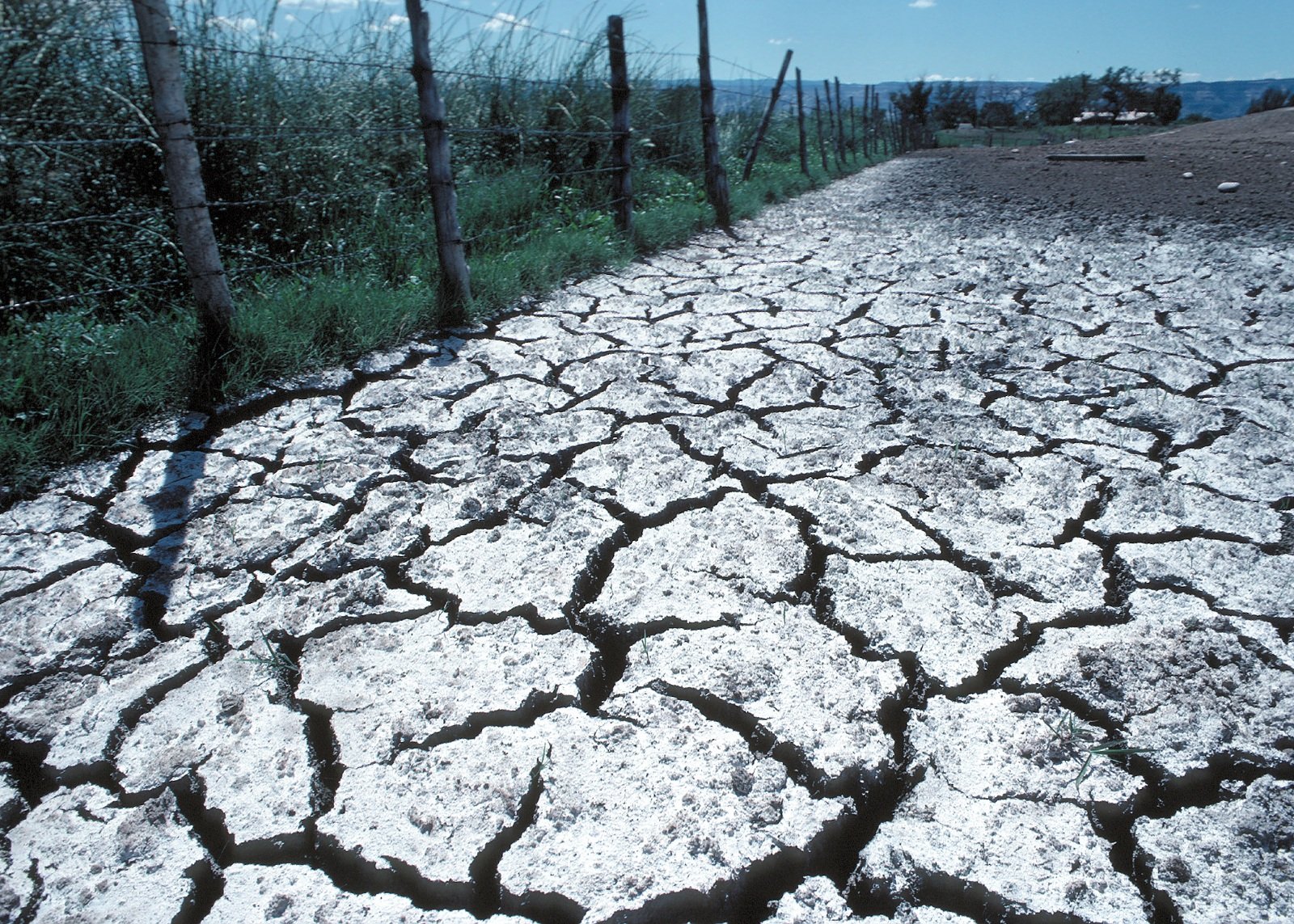Salinization in agriculture
Soil salinization happens when water-dissolvable salts collect in the dirt to a level that affects rural creation, ecological wellbeing, and financial matters. In the beginning phases, saltiness influences the digestion of soil organic entities and diminishes soil efficiency, however in cutting edge stages it obliterates all vegetation and different life forms living in the dirt, thus changing ripe and useful land into desolate and desertified lands
Where does it happen?
It is assessed that salinization influences around 3.8 million ha in Europe3. There are various reasons for salinization however flooded regions specifically can be impacted by salinization. It is assessed that 25% of watered cropland in the Mediterranean region is impacted by moderate to high salinization prompting moderate soil degradation4. Projected temperature increments and changes in precipitation qualities in the Mediterranean are simply prone to upgrade the issue of salinization.
What causes it?
Regular cycles
The collection of salts in the dirt can happen through regular cycles like physical or synthetic enduring and transport from parent material, land stores, or groundwater. It can likewise happen because of parent rock constituents, like carbonate minerals or potentially feldspars, or because of the one-time submergence of soils under seawater. Ocean level ascent likewise incites drainage into regions lying underneath ocean level. In parched regions, saline soils are framed because of evapotranspiration and the absence of precipitation to flush the dirt. At long last, wind in seaside regions can blow moderate measures of salts inland.
Human exercises
Human exercises can cause salinization using salt-rich water system water, which can be exacerbated by overexploitation of seaside groundwater springs causing seawater interruption, or because of another improper water system rehearses, or potentially unfortunate waste circumstances. The over-the-top utilization of water for a water system in dry environments, with weighty soils, causes salt collection since they are not cleaned out by precipitation. The cycle happens in developed regions where the water system is related to high dissipation rates and an earth surface of the dirt. The act of waterlogging without satisfactory waste has likewise turned into a serious reason for soil salinization. Waterlogged soils forestall draining of the salts imported by the water system water.
How can it communicate with other soil dangers?
As saltiness is answerable for the underlying breakdown of soil totals into their parts it is firmly connected to other soil corruption issues. Saltiness is frequently connected with drawn-out wetness and absence of surface cover and consequently builds the weakness of soils to disintegration. Salt is associated with creatures and plants, changing the natural well-being of land, streams, and estuaries. The best danger to biodiversity is from the deficiency of natural surroundings both ashore and on water.
How can it influence soil capabilities?
Biomass creation - soils in salt-impacted scenes are less rich and produce less biomass than non-saline soils bringing about less soil natural carbon (SOC) and thusly more disintegration, which further emphasizes SOC misfortunes because of the predominance of plant inputs in the aggregation of natural matter.
Putting away/sifting/changing - salinization influences a progression of ecological collaborations prompting decreased water penetration and maintenance bringing about expanded water overflow and disintegration.
Genetic supply - soil biodiversity and microorganism action decline as EC increments, in this manner affecting significant soil cycles like breath, buildup decay, nitrification, and denitrification.
Actual legacy - harm to water supply foundation as well as transport framework from shallow saline groundwater prevents the elements of soil as an actual model for construct improvement.Social legacy - the evacuation and re-affidavit of archeological curios as well as through the entombment of archeological antiquities under disintegrated silt
Strategies for avoidance
In high-risk regions:
screen groundwater levels and how much salt is in the land and waterurge protection activities to stop salt from moving toward the surfacestop further loss of well-established local vegetation in high-risk regions as well as regions that contribute groundwater to them.
In danger regions:
hold and recover local vegetationtry not to construct dams at destinations where the water table is highfind streets along edges where disturbance to water tables will be negligiblesite houses (and septic frameworks) away from regions with high water tableskeep up with great field cover through moderate stocking ratestake on trimming rehearses that limit profound waste.
Testing and observing saltinessObserving bores, windmills or piezometers can be helpful to evaluate changes in groundwater levels, despite the fact that levels can differ with occasional and land-use changes. These instruments can likewise be utilized to decide the course of the groundwater stream and the assessed stream limit of the spring material.
Profundity to the water table can be estimated utilizing a measuring tape and ringer molded plopper. A plopper can be an old valve from a motor or a comparative item with a sunken face. It ought to utter a sound when it strikes the water surface.
Soil and water testing are important to affirm a saltiness issue.
Various meters can quantify electrical conductivity however definite soil tests ought to be finished through enlisted soil testing research facilities to decide the centralization of the scope of salts. Take a 500g example for testing from delegate regions across the site. Rehash this activity for the dirt.
Water investigation can give data on the possible wellsprings of groundwater re-energize, which is a significant thought while creating the board methodologies. While doing a water examination, gather no less than 500ml of water in a perfect container.

